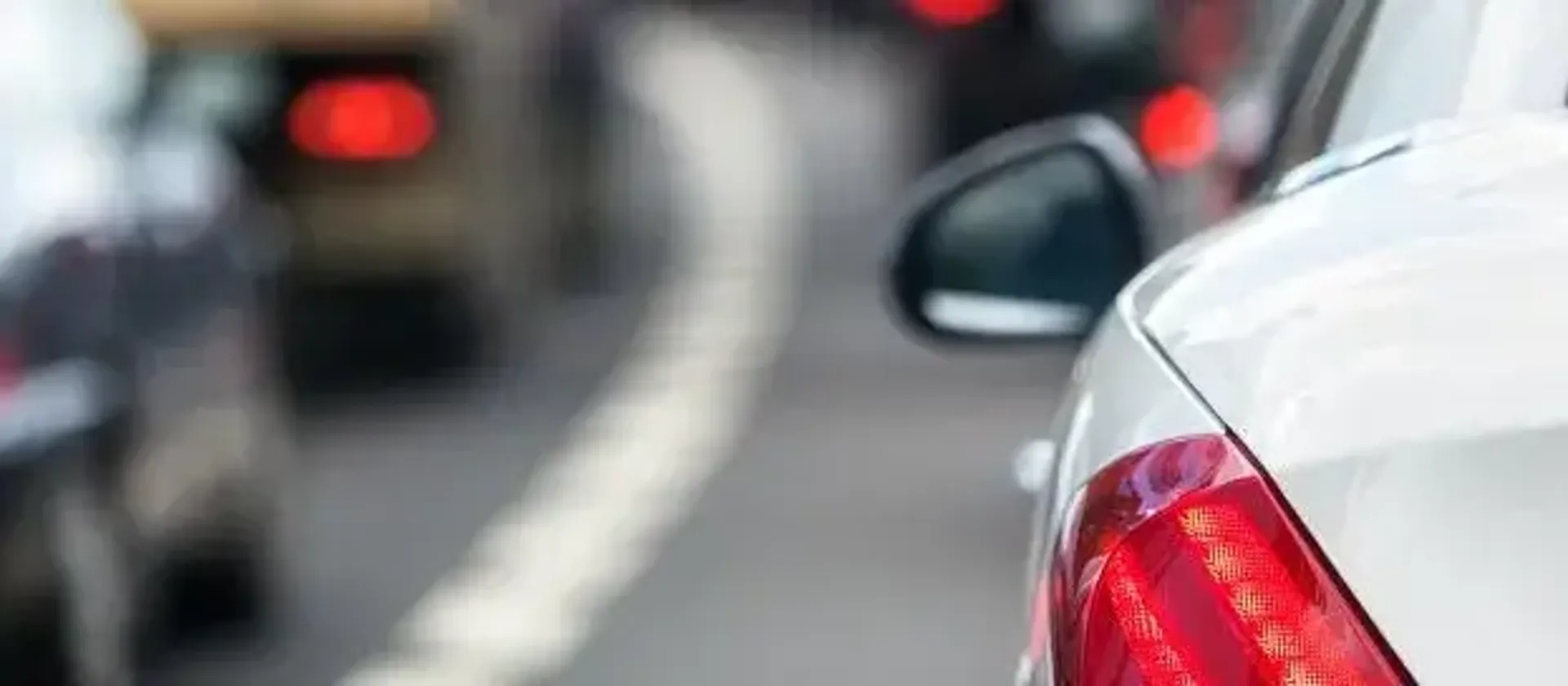
31/01/2018
Whether you’re the type of driver that always ensures their tank is filled up before departing for any journey or the type of person that leaves it to the last minute, we’ve got all the information you need to know about driving on an empty tank.
How far can you really drive on an empty tank?
Whether you’re the type of driver that always ensures their tank is filled up before departing for any journey or the type of person that leaves it to the last minute, we’ve got all the information you need to know about driving on an empty tank.
Whilst many believe 50 miles is the average amount of miles you can drive on an empty tank, it varies between different car models. The distance you can drive before you run out of fuel depends on road conditions and driving habits, whilst the approximate range on the fuel gauge is based on miles given. Therefore it’s always important to ensure your tank is filled up.
If you are out and notice your fuel gauge dropping, there are a couple of ways to reserve fuel before you find your nearest filling station. These include:
- Driving with a light foot and maintaining constant speed
- Unplug any charging devices or electronic accessories
- Check your tyre pressure
According to the RAC a large number of their callouts are due to broken down vehicles because they’ve run out of fuel. Not only is this an inconvenience for them, it’s also an inconvenience for your business. With time spent waiting for recovery and re-fuelling, your drivers could be off the road for a number of hours before they’re up and running again. Your drivers are also putting themselves at risk, having to wait at the side of the road for recovery, and depending on where they run out, it could be in a dangerous situation.
It’s not only your drivers that are put at risk when driving on empty, but also your vehicles. When the fuel tank gets empty, cars begin to pick up debris from the bottom of the tank which causes damage to both the fuel filter and pump which could lead to the catalytic converter becoming damaged. All of these issues could lead to a large cost for your business. Especially as when you run out of fuel the fuel pump runs dry which means a hefty garage fee.
When the fuel tank gets empty, cars begin to pick up debris from the bottom of the tank which causes damage to both the fuel filter and pump which could lead to the catalytic converter becoming damaged. All of these issues could lead to a large cost for your business. Especially as when you run out of fuel the fuel pump runs dry which means a hefty garage fee.
For many diesel cars, the engine management system will shut the car down before you run out fuel to prevent damage to the vehicle. However, petrol vehicles have no such function.
Luckily when you’ve got the fuelGenie fuel cards your fleet drivers are never too far from their nearest fuelGenie enable filling station. There are plenty of Tesco, Sainsbury’s and Morrison’s filling stations located across the UK.
It’s also important to bear in mind that driving with a tank too full is also bad for fuel efficiency as it weighs down your vehicle, meaning it burns more fuel. Therefore it’s important your vehicles have the right level of fuel at all times.


